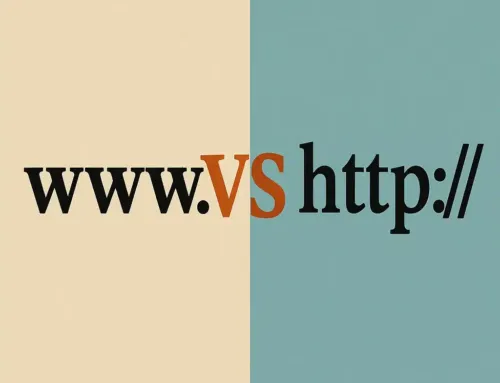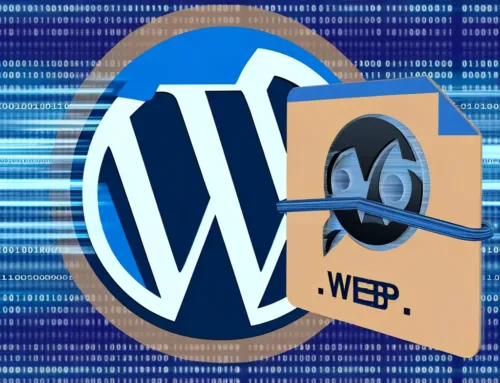
FAQ: Tutorial #5: Organizing WordPress Content: Creating Categories
FAQ
Approx read time: 3.2 min.
Tutorial #5: Organizing WordPress Content: Creating Categories
Creating and organizing content on a WordPress site is essential for both user experience and SEO. Categories in WordPress play a crucial role in this organization, helping you group related posts together, making it easier for your readers to find the content they are interested in. Here’s an in-depth explanation of Tutorial #5: Organizing WordPress Content: Creating Categories.
What are Categories in WordPress?
Categories are a powerful taxonomy feature in WordPress that allows you to group posts together based on common themes. They are hierarchical, meaning you can have parent categories and child categories, creating a structured approach to organizing your content. Categories help users navigate your website more effectively and help search engines understand the structure and content of your site.
Why Use Categories?
- User Navigation: Categories improve the user experience by making it easier for visitors to find content on similar topics.
- Content Organization: They provide a way to organize your posts in a logical manner.
- SEO Benefits: Proper use of categories can help with your site’s SEO by grouping content together, which helps search engines understand your website’s structure.
How to Create Categories in WordPress
- Through the Posts Menu:
- Go to your WordPress dashboard.
- Navigate to Posts > Categories.
- Here, you’ll see an option to create a new category. You need to provide a name for the category, a slug (which is the URL-friendly version of the name), a parent category if this is a sub-category, and a description.
- Click the “Add New Category” button to save your new category.
- While Writing a Post:
- When you’re writing or editing a post, you can also create a new category.
- In the post editor, look for the Categories meta box on the right-hand side.
- Click on the “Add New Category” link, enter the name of your new category, choose a parent category if applicable, and then click the “Add New Category” button.
Best Practices for Using Categories
- Be Strategic: Plan your categories carefully to ensure they cover the main topics of your blog or website. Too many categories can be overwhelming; too few may not provide enough structure.
- Consistency is Key: Be consistent with the naming convention and style of your categories to avoid confusing your readers.
- Use Descriptive Names: Category names should be descriptive and give readers a clear idea of what type of content they will find in that category.
- Limit the Number of Categories: While WordPress allows you to create as many categories as you like, it’s best to limit the number to keep your site organized and focused.
- Utilize Sub-Categories: For larger sites, sub-categories can help further organize content. Just ensure they are used logically and sparingly.
Managing Categories
- Editing and Deleting: You can edit or delete categories from the Posts > Categories screen. Be cautious when deleting categories, as posts in the deleted category will need to be reassigned.
- Merging Categories: If you find that two categories are very similar, you can merge them. This requires a plugin or some manual work in the database.
Conclusion
Categories are a fundamental feature of WordPress, allowing you to organize your site’s content efficiently and effectively. By understanding how to create, manage, and best utilize categories, you can improve your site’s navigation and SEO, enhancing the overall user experience. Remember, the goal is to make it as easy as possible for your readers to find the content they’re interested in, and properly using categories is a key step in achieving that goal.








